Since we often get questions about how Pipeliner integrates with other applications in a company, we will answer the most frequently asked questions about CRM and integration in this series of articles.
Seamless data flow
What is it that every company undergoing digital transformation is looking for? Seamless integration of data from A to Z across the enterprise.
Core systems that don’t talk to each other can be compared to a lack of coordination in a restaurant, where the chef and the server don’t communicate and the customer sits waiting for their order. The chef has baked an amazing cake that will be the dessert of the customer’s life, but the server does not bring it over. The customer wanted a perfectly prepared hot chocolate cake, but the server doesn’t know it’s ready. The cake finally arrives at the customer’s table, but it is late, cold, and the customer is not satisfied.
For a company to be customer-centric, all of its applications must work together seamlessly, just as the chef and the server at a restaurant must coordinate precisely to please the customer.
Today’s businesses operate with multiple applications. At Pipeliner, for example, we run 58 different SaaS applications. Larger organizations run even more. Today, a company typically sticks with “best of breed” applications. With so many robust applications available today, it is easy to see that any “all-in-one” application that tries to do everything for everyone is an illusion.
A brief history of integration
When it first became necessary to connect applications, programmers wrote connectors.
- Connectors solved a problem similar to today’s travelers going to different countries and having electrical plugs with different configurations and voltages. These connectors would allow two different applications to communicate with each other.
- Next came APIs – application program interfaces – that allowed more and different applications to connect.
- Then came middleware-what are now known as iPaaS (integration platform as a solution) solutions, such as Zapier, make.com, and tray.io. There are several of these different platform providers today.
Creating the Data Flow
As mentioned earlier, the lifeblood of any organization is data flows. In the past, different departments and their applications existed in silos, separate from each other, and data flows were difficult to achieve at best. Today, silos are easily overcome with drag-and-drop workflow creation.
But it’s not just about creating workflows, it’s about the flow of data throughout the enterprise, the workflow creation but also with the data flowing throughout the company.
Integration with Pipeliner CRM
Today, when it comes to integration with Pipeliner CRM, no coding is required by the customer—“out of the box” integration is available in two different ways.
The first way is through core integration built directly into Pipeliner, which we have done for several different applications such as Outlook, ZenDesk and PandaDoc. We currently have core integrations for over 20 of your favorite applications and are building more all the time.
For those we haven’t built core integrations for, iPaaS solutions can connect them. However, middleware only connects basic functionality and sometimes does not take into account complexities such as custom fields or custom entities. Therefore, if a company wants to connect Pipeliner CRM to a complex solution, an iPaaS solution may only be able to meet some of their needs. In this case, a custom integration would be required.
Custom integrations
There are two types of custom integrations with Pipeliner.
- The first is strictly for data migration. Often, when a company first gets Pipeliner CRM up and running, data needs to be migrated from a legacy or other CRM application to Pipeliner. This is a one-time data migration.
- The second type is data synchronization, which is ongoing. This is an ongoing data synchronization between two applications.
However, there are actually several options for data synchronization. First, an organization may want to synchronize data in one direction only. For example, the company may want data to flow from its ERP to its CRM, but it doesn’t want it to flow back from the CRM to the ERP. This is to prevent data errors in the ERP. A CRM user may see 1,500 of a product in the company’s warehouse. If the user mistakenly enters 1,500 but only needs 15, and that data can be written back to ERP, it could cause havoc for other salespeople and customers. So the data is prevented from being written back. This is called unidirectional data synchronization.
Suppose a company wants bidirectional data synchronization between an ERP and a Pipeliner CRM. In this case there is another complexity: should there be an approval process for data written back to the ERP?
An example of complex data synchronization would be in the airline industry. When a customer books a flight, they want to know with 100% certainty that their seat is actually reserved and available. Similarly, when a product is removed from ERP inventory, that inventory needs to be reliable.
Another consideration for integration is focused on data access rights. Part of defining the integration that you are looking for is to also define who on your team has the need/rights to view that integrated data. For example, you may have customer banking/credit card data stored in your ERP. It may be important for certain team members to be able to view that data in the CRM, but you may not want to grant access to all of your users. Pipeliner CRM accommodates these concerns easily.
Fortunately, custom integration of this type is not rocket science today—it’s just a matter of knowing the logic behind it.
Now the question is, how often does this synchronization occur? Is it instantaneous, as in the airline industry? Companies may only need to synchronize overnight or once a week.
In summary, a custom integration needs to be qualified by:
- Uni-directional
- Bidirectional
- Approval process or not
- How often—immediately, daily, weekly, or other timescale.
Once a Pipeliner CRM prospect has this information, they will want to know the cost. We completely understand—a company wants to have all the information for evaluation. But without fine-tuning what a prospective company really needs, it’s hard to predict an accurate cost. Therefore, without having all this information, we will quote the prospect a reasonable hourly cost for Pipeliner’s programmers to build custom integrations.
We will quote an exact total cost if possible, but again, this isn’t always possible without all the information.
Iterations
When a prospect defines what they need, I always advise them to take the route they should take with anything in life: identify a first iteration. Trying to define absolutely everything at once will lead to an endless implementation project. When you try to do everything at once, it almost always happens that the planning gets so far and then someone says, “Oh, wait, we forgot we need to do this, too!” The project never really gets started.
Start with the core aspect that the business needs. Maybe they need data from ERP for account management or all past customer revenue streams. Just define that first big step.
This is why I recommend planning CRM implementation and integration in iterations. This approach comes from the Scrum programming methodology that we use when programming Pipeliner CRM. It means that you continuously improve the system through successive iterations.
These are the basics of how Pipeliner CRM implementations are done!


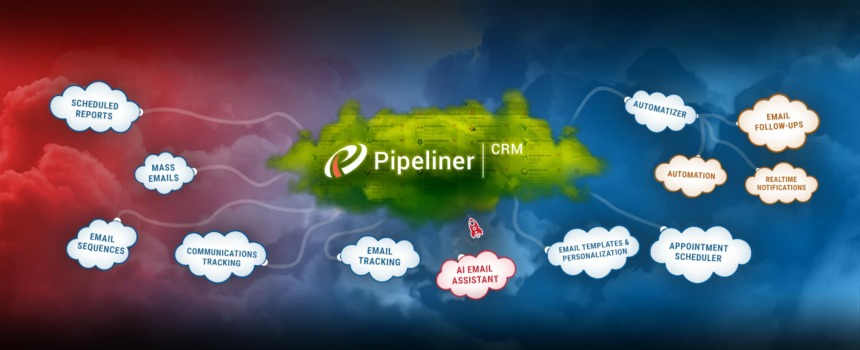
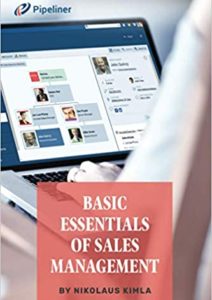
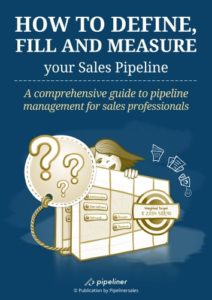

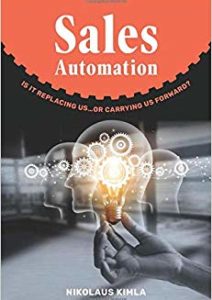

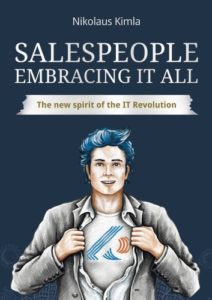

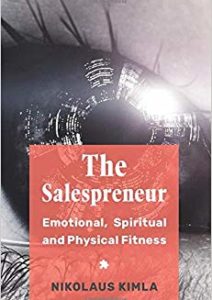
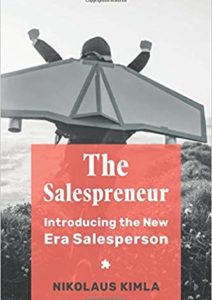
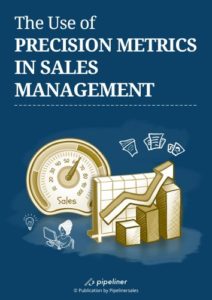


Comments